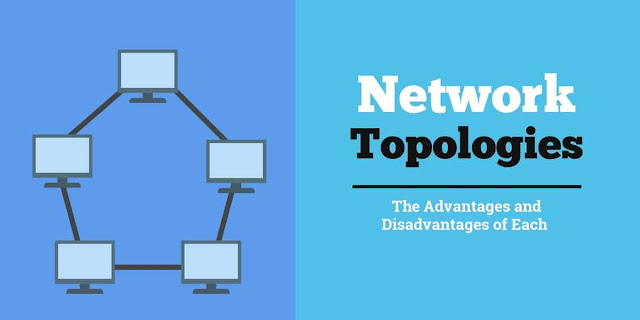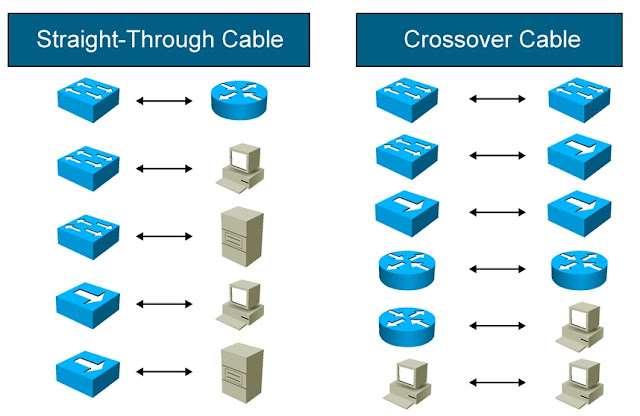WHAT IS A NETWORK TOPOLOGY?
Network Topology
Network topology refers to the layout or structure of the network in relation with the flow of data. It is the way in which elements such as computers, printers, servers, and other computing appliances are arranged in a network.
Logical Topology depicts how information flows from one device to another within the network regardless of its physical design.Types of Network Topologies:
Linear Bus Topology
Linear bus topology uses one long cable, referred to as a backbone, to which computers and other devices are attached. Data flow on the network also follows the route of the cable, moving in one direction.
A terminator is placed at each end of the backbone to keep the signals from bouncing back and being received again by the nodes.
A terminator is placed at each end of the backbone to keep the signals from bouncing back and being received again by the nodes.
Pros:
- Cost - effective choice for smaller networks
- Requires less cable length than the star topology
- Simple lay-out
- More nodes can be easily added
Cons:
- The entire network shuts down if there is a break in the backbone.
- Only recommended for small networks because there’s only limited bandwidth, and every additional node will slow transmission speeds.
- Not ideal for networks with huge amount of data traffic because the data flows in one direction.
Star Topology uses a central device called a hub (more efficient device called "switch" is also used) with cables extending in all directions. Each networked device is connected directly to the hub.
Pros:
- Lack of disruptions to the network when connecting or removing devices
- Simplicity in network design
- Less cabling needed to connect all devices
- Easy management
Cons:
- If the hub fails, attached nodes will not be able to use the network resources.
- Expensive to set up and operate because the overall bandwidth and performance is limited by the central node's configurations and technical specifications.
Ring Topology
 |
| Ring Topology |
Ring Topology is a type of network topology wherein nodes are connected to each other forming one contiguous pathway in a ring formation. This means that data need to travel from one node to the next, with each one receiving data traffic and passing it along to the next until it reaches its final destination.
Pros:
- Each repeater duplicates the data signals so that there is very little signal degradation.
- Efficient at transmitting data without errors.
- Cost-effective and inexpensive to set-up.
- Easy to identify issues on network.
Cons:
- A break in the ring can disable the entire network just like the linear bus.
- Vulnerable to failure without proper network management.
- Inconvenient to add or remove nodes because the network must be taken offline to reconfigure.
- Might be costly overtime
Originally conceived for military applications, mesh networks are structures wherein all the nodes on the network can route data traffic on their own. This makes them more reliable and resilient than ordinary network topologies. In a mesh configuration, nodes are interconnected to each other with each node having the capability to independently process and forward requests not just for its own use, but even manage and service requests for other nodes on the network.
Pros:
- Extremely reliable and capable of operating even when one of the nodes fail
Cons:
- Tons of cabling is expensive and time consuming to install.
- Set up can be complicated and increased workload can be encountered
Hybrid Topology is simply a network that uses a mix of any two or more different topologies in such a way that final network does not exhibit one of the characteristics of the standard topologies. Examples of a hybrid network are a star-ring and bus network.
Pros:
Cons:
Pros:
- A high-end topology for high-end needs
- Adaptable to network needs
Cons:
- A more complicated lay-out as the demands increases
- More expensive topology design







Comments
Post a Comment